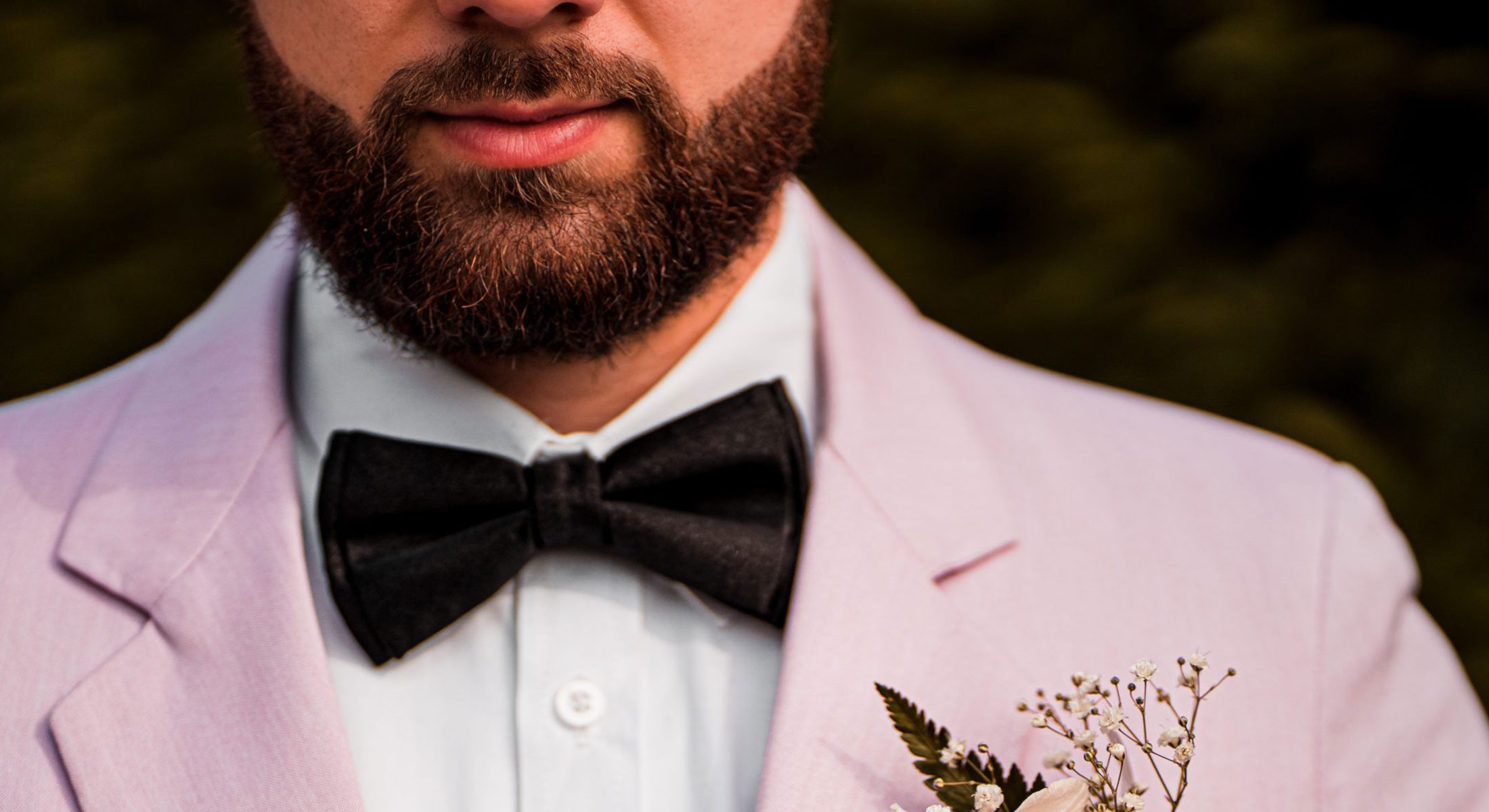
Masks have become a permanent accessory for many U.S. workers. Unfortunately, facial hair makes masking difficult. Some workers required to wear personal protective equipment, like respirator masks, find it especially hard. You may even wonder, how can men with full beards wear N95 masks?
An N95 respirator mask is a protective device made to fit tightly against the face to filter 95% of particles from the air entering the nose and mouth. As a result, men with full beards cannot wear N95 masks safely or effectively. Facial hair that comes between the skin and mask edges prevents a tight fit and good seal.
So what can men do if they have facial hair but need respiratory protection? There are options for men in such situations. Read on to find out.
Many jobs require respiratory protection. Here are just a few of the workers that may be required to wear an N95 mask in on-the-job situations.
In many of these jobs, facial hair is not allowed. Therefore, tory?id=69916196" target="_blank" rel="noreferrer noopener">some men choose to shave their facial hair.
Unfortunately for some of these workers, going clean-shaven causes problems. Sometimes shaving causes adverse effects.
The face and neck are sensitive parts of the body. Facial shaving may result in some very uncomfortable skin conditions. Problems created by shaving may include folliculitis, painful skin infections, and hyperpigmentation. For men suffering from significant health conditions like these, limiting or even avoiding shaving may be necessary.
A shaving waiver, also known as a shaving profile or “no-shave waiver,” can help individuals with certain conditions. A shaving profile is a medical release or exemption form. The document, completed by a physician, explains why a man should not be required to shave his face due to health concerns.
Shaving waivers allow men to forgo shaving and get the right respiratory protection for them. Men with facial hair do not have to risk inhaling unsafe vapors.
Some respirator masks do not require a face seal. These types are a better option for bearded employees.
Specifically, positive-pressure respirators worn over facial hair or beards work to filter the air. A hood-and-helmet type mask uses continuous airflow to protect employees.
One example that is available to workers is called the Powered Air Purifying Respirator (PAPR) mask. This loose-fitting respirator uses a blower to pass air through a filter before sending it to the face. Typically, PAPR masks are lightweight and battery-operated. Also, PAPR masks do not require Fit-Testing.
One drawback is their cost. Most employees would not want to invest in their own PAPR. Those looking for a PAPR respirator can purchase a simple version online for around $100. However, some are upwards of $1000. Batteries and chargers may double the expense.
Although these masks are more costly, they offer superior protection. According to tomerics/" target="_blank" rel="noreferrer noopener">this article by the Center for Disease Control and Prevention (CDC), a PAPR mask may offer an Assigned Protection Factor (APF) of 1000, where an N95 respirator only has an APF of 10. The higher the protection factor, the safer it is.
The use of a PAPR mask does require a physician’s medical evaluation. It is a respirator, and therefore OSHA’s requirements to evaluate an employee before requiring the mask applies to this type.
Men with full beards can find respiratory protection that won’t cause health problems or skin conditions. The first step is a medical evaluation by a licensed physician.
Men interested in finding out if a PAPR mask or shaving waiver for their employer would be right for them should talk to a doctor.
My Virtual Physician now offers consultations for shaving waivers in some states. Fill out the contact form below to speak to one of our board-certified physicians about a shaving waiver.